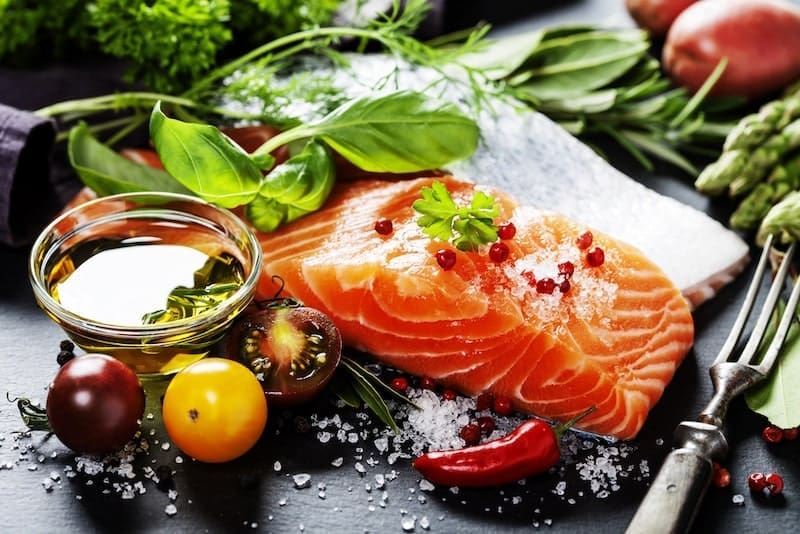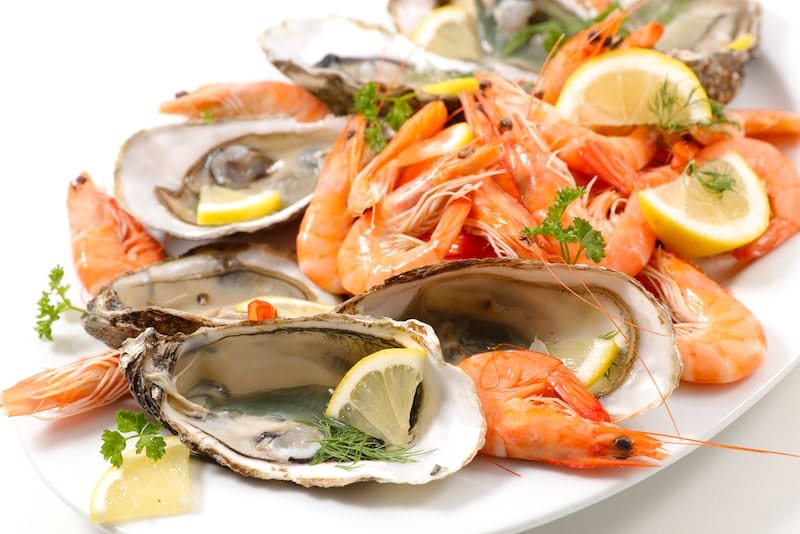Seafood, a diverse category of marine delicacies, offers more than just a symphony of flavors to our palate. Consuming a diet rich in seafood has been scientifically proven to provide numerous health benefits, offering a treasure trove of essential nutrients like protein, vitamins, and particularly omega-3 fatty acids, which are vital for heart and brain health. Despite its myriad benefits, sourcing top-quality seafood can often seem like navigating through uncharted waters for many. With various factors such as freshness, sustainability, and species to consider, it is essential that consumers are equipped with accurate information to make informed choices. In this guide, we’ll unveil some secrets of the seafood industry and share expert hacks to help you source the best seafood, providing you with the knowledge to enjoy these oceanic delicacies in the most healthful and sustainable way possible.
1. Understand Seasonality
Many seafood species are seasonal. Understanding when a particular fish or shellfish is in season can be a game-changer in sourcing top-quality seafood. When a species is in season, it means that it is at its peak of freshness and abundance, offering the best flavor and nutritional value. Additionally, buying seasonal seafood can also support local fishermen and promote sustainable fishing practices. Keep yourself updated on the seasonality of different types of seafood by following online resources or consulting with your local fish market. Even better, try to incorporate seasonal seafood into your recipes and menus for an authentic and fresh experience.
2. Check for Freshness
Fresh seafood should smell like the sea, not fishy. For fish, look for clear, bright eyes and firm flesh. Shellfish should be tightly closed or snap shut when tapped. Avoid seafood with a strong fishy odor, cloudy eyes, or soft flesh. In many cases, pre-packaged seafood comes with a “sell-by” or “best-by” date to indicate its freshness. However, it is always best to buy seafood from reputable sources and ask questions about the catch date or storage practices if possible. Whether you are on the lookout for that fresh Louisiana seafood flavor or pristine Alaskan salmon, always prioritize freshness. A great tip is to buy seafood from a local fish market, where you can get to know the fishermen and their catch.
3. Sustainability Matters
Choosing sustainable seafood helps protect marine species and their environments. Look for certified labels such as the Marine Stewardship Council (MSC) or the Aquaculture Stewardship Council (ASC). These labels ensure that the seafood has been sourced from well-managed fisheries or environmentally responsible aquaculture operations. Additionally, you can also refer to online resources such as Seafood Watch or Ocean Wise for sustainable seafood recommendations and guides. By making sustainable choices, we can all play a part in preserving our oceans for generations to come. Furthermore, sustainable seafood is often fresher and of better quality, as it has been harvested using responsible practices.
4. Know Your Sellers
Trusted suppliers and retailers can provide valuable insights into the seafood they sell. Don’t hesitate to ask questions about the source, freshness, and handling of their seafood. Reputable sellers will be happy to share this information with you. Ask about their sustainability practices, whether they have any traceability systems in place, and if they offer any guarantees or return policies. If possible, visit your local fish market or join a community-supported fishery (CSF) program to get to know your seafood providers better. This not only ensures the best quality seafood but also supports small-scale fishermen and their families.
5. Frozen Can Be Fresh
Freezing technology has advanced significantly, and many frozen seafood products are rapidly frozen shortly after being caught, locking in freshness and flavor. In many cases, frozen seafood can actually be fresher than fresh seafood that has not been stored properly. Look for wild-caught and flash-frozen options if you are buying frozen seafood. These are often more sustainable and may have better nutritional value compared to farmed or previously frozen options. For best results, thaw frozen seafood in the refrigerator overnight rather than using hot water or a microwave, which can compromise its texture and flavor.
6. Cooking Techniques Matter
Lastly, how you cook your seafood can greatly affect its quality. Overcooking can lead to dry, flavorless seafood. Learn the right techniques to bring out the best flavors of your seafood. For example, delicate fish like cod or sole are best cooked by poaching or baking, while thicker cuts like salmon or tuna can be grilled, broiled, or pan-seared for a crisp exterior and moist interior. Experiment with various cooking methods to find your favorite ways of preparing seafood. You can also refer to online recipes and videos for inspiration.

In conclusion, sourcing top-quality seafood doesn’t have to be a daunting task. With these expert hacks, you can navigate the world of seafood with confidence and enjoy all its delicious and healthful benefits. Remember to prioritize seasonality, freshness, sustainability, and trusted sources when making your seafood choices. And don’t forget to explore different cooking techniques to elevate your culinary experience with seafood. By being knowledgeable consumers, we can all contribute to a more sustainable and thriving seafood industry. So go ahead and indulge in the ocean’s bounty with these secrets unveiled! So next time you’re planning a seafood feast, keep these tips in mind to source the best seafood for your table.


